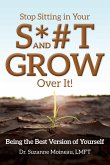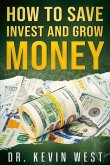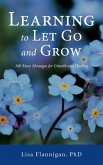A definitive and easy-to-follow guide to growing crops year-round in your polytunnel. Are you using your polytunnel, also known as high tunnel or hoop house, to its full potential? If so, you'll be harvesting fresh crops all year round - sweet potatoes and celery in November; winter radish, baby carrots and celeriac in early February; salad leaves right through the winter. Even in the 'hungry gap' in early spring you'll have a choice of new potatoes, pak choi, peas, tender cabbages, beetroot and more. Now in its second edition, How to Grow Food in Your Polytunnel informs on everything you need to make the most of the warm, sheltered microclimate this precious space provides. Illustrated with beautiful photos and diagrams throughout, the guide includes a detailed crop-by-crop guide to the growing year, dedicated chapters on growing for each season, and a handy sowing and harvesting calendar to help with planning. Increase your crop quality, yield and harvesting period with this helpful guide.
Bitte wählen Sie Ihr Anliegen aus.
Rechnungen
Retourenschein anfordern
Bestellstatus
Storno








